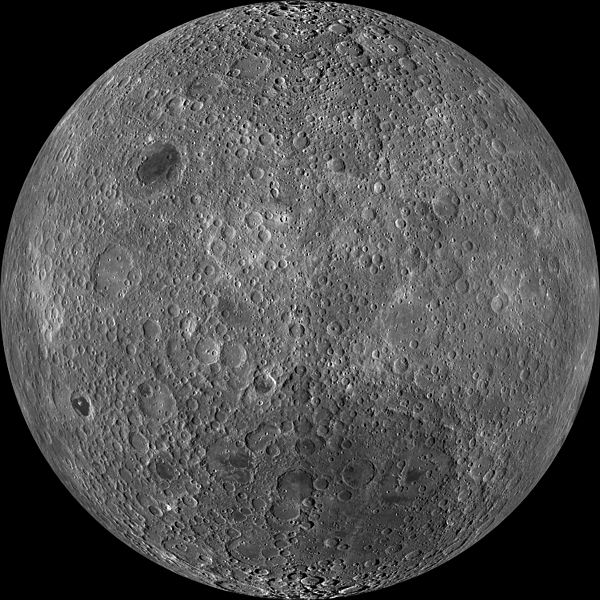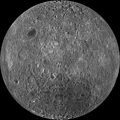Файл:Moon Farside LRO.jpg

Размер этого предпросмотра: 600 × 600 пкс. Другие разрешения: 240 × 240 пкс | 480 × 480 пкс | 768 × 768 пкс | 1024 × 1024 пкс | 2048 × 2048 пкс | 18 000 × 18 000 пкс.
Исходный файл (18 000 × 18 000 пкс, размер файла: 85,34 Мб, MIME-тип: image/jpeg)
История файла
Нажмите на дату/время, чтобы увидеть версию файла от того времени.
| Дата/время | Миниатюра | Размеры | Участник | Примечание | |
|---|---|---|---|---|---|
| текущий | 02:47, 20 марта 2014 |  | 18 000 × 18 000 (85,34 Мб) | wikimediacommons>Huntster | High resolution mosaic. |
Использование файла
Следующая 81 страница использует этот файл:
- KREEP
- Lunar Mission One
- Аполлон (космическая программа)
- Артемида (космическая программа)
- Атмосфера Луны
- Бассейн Южный полюс — Эйткен
- Видимая сторона Луны
- Геология Луны
- Гипотетические естественные спутники Земли
- Голубая луна
- Гравитация Луны
- Долина Шрёдингера
- Иллюзия Луны
- Исследование Луны
- Колонизация Луны
- Космическое выветривание
- Кратковременные лунные явления
- Лазерная локация Луны
- Ложная луна
- Луна
- Луна в мифологии
- Лунная лавовая трубка
- Лунная ночь (время суток)
- Лунное затмение
- Лунное затмение 10 декабря 2011 года
- Лунное затмение 15 июня 2011 года
- Лунное затмение 1 марта 1504 года
- Лунное затмение 21 декабря 2010 года
- Лунное затмение 21 января 2019 года
- Лунное затмение 27 июля 2018 года
- Лунное затмение 28 сентября 2015 года
- Лунное затмение 31 января 2018 года
- Лунное затмение 4 июня 2012 года
- Лунное затмение 8 ноября 2022 года
- Лунное море
- Лунный автомобиль
- Лунный заговор
- Лунный календарь
- Лунный кратер
- Лунный метеорит
- Лунный пик
- Лунотрясение
- Лучевые системы на Луне
- Лёд на Луне
- Магнитное поле Луны
- Маскон
- Международная лунная станция
- Месяц
- Модель ударного формирования Луны
- Море Москвы
- Неомения
- Новолуние
- Обратная сторона Луны
- Орбита Луны
- Пепельный свет Луны
- Первая четверть
- Пик вечного света
- Поздняя тяжёлая бомбардировка
- Полнолуние
- Происхождение Луны
- Реголит
- Рилль
- Российская лунная программа
- Северный полюс Луны
- Селенография
- Селенохронологическая шкала
- Солнечное затмение
- Солнечное затмение на Луне
- Список борозд на Луне
- Список гор на Луне
- Список деталей рельефа Луны
- Список долин на Луне
- Список кратеров на Луне
- Суперлуние
- Талассоид
- Фазы Луны
- Циолковский (лунный кратер)
- Цирк (селенография)
- Энгельгардт (лунный кратер)
- Южный полюс Луны
- Шаблон:Луна

